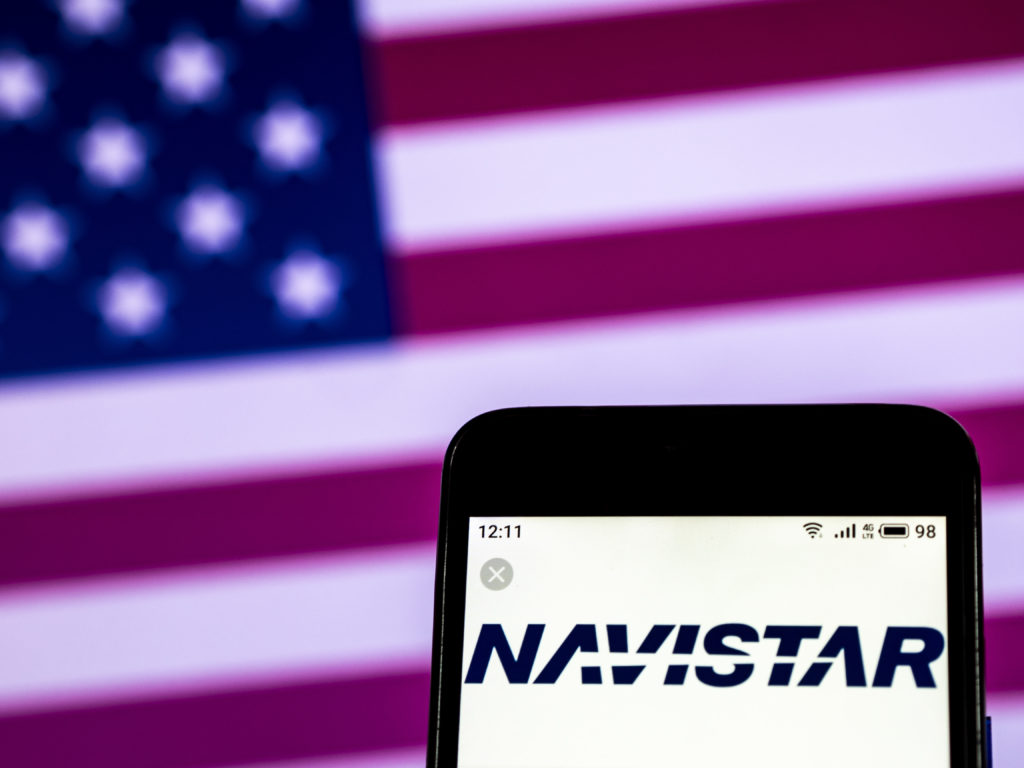
CHICAGO – A $135 million settlement will now be paid to resolve claims that Navistar sold defective truck engines knowingly.
A federal judge in the city granted final approval of the settlement last month between Navistar Inc. and a court-certified class of around 45,000 plaintiffs.
This settlement benefits truck drivers, particularly, who leased or purchased a MaxxForce 11- or 13-liter engine-equipped vehicle from between the 2011 and 2014 model years. These engines were certified to meet EPA 2010 emissions standards without selective catalytic reduction technology.
This settlement has been one of the the most prominent legal battles for Navistar, a company that builds international trucks. The issue originates from the leasing and sale of over 66,000 trucks with engines equipped with defective exhaust gas recirculation (EGR) systems–which are meant to control nitrogen oxide emissions.
Allegedly, the defect causes engines to heat up much more than similarly-made engines, which leads them to break down more easily.
The plaintiffs claimed that they would not have purchased the vehicles, or would have paid much less, should they have known about the potential defects ahead of time. Because of this, Class Members, along with the plaintiffs, argued that they had sustained financial injury.
When the settlement was made in May of 2019, U.S. District Court Judge Joan Gottschall rules that it was “fair, reasonable, and adequate.”
Lyndi MacMillan, director of business communications for Navistar, said the company looks at the settlement as a way to move forward. “Navistar is pleased with the court’s decision to approve the proposed $135 million class action settlement,” she said. “The settlement is a major step in helping us move past the MaxxForce 1-liter and 13-liter EGR engines issues in the U.S.”
According to the settlement, class members are able to select a “no questions asked” payment of up to $2,500 per truck, a $10,000 rebate off of the price of a new truck, or out-of-pocket costs per truck related to the EGR setup of up to $15,000 total. The agreement has set aside $85 million in cash with another $50 million for the rebate program.
Class Members must file a valid claim by May 11, 2020 to benefit from the settlement.
Who is eligible?
Any consumer who purchased or leased a 2011 to 2014 model year vehicle which used a MaxxForce 11- or 13-liter engine with specific certification meeting EPA 2010 emission standards without selective catalytic reduction tech can benefit from the settlement.
To see if their vehicle qualifies, consumers can check their VIN numbers.
What is the award?
Consumers can receive up to $2,500 in cash or up to $10,000 in rebates per affected vehicle. Additionally, Class Members will get a certain monetary amount for each month that they owned or leased the affected vehicle.
Limitations for the cash option:
-Model year 2011: $26.59 per month
-Model year 2012: $29.07 per month
-Model year 2013: $33.33 per month
-Model year 2014: $39.06 per month
Limitations for the rebate option:
-Model year 2011: $106.36 per month
-Model year 2012: $116.28 per month
-Model year 2013: $133.32 per month
-Model year 2014: $156.24 per month
There is an additional third option from which Class Members may be able to benefit if they choose to forego cash or rebates. The “Prove-Up” option allows Class Members to collect up to $15,000 in covered costs per vehicle owned or leased. These costs include repairing or replacing primary components, or repairing or replacing a secondary component that takes place within 30 days of the first.
The primary components include: the EGR Cooler and the EGR Valve. Secondary components include: the Lambda Sensor, Oxygen Sensor, Oil Centrifuge, Valve/Seat (Intake), Valve/Seat (exhaust). Valve Bridge, Cylinder Head (when accompanied by a Valve/Seat (Intake) and Valve Bridge repair), Turbochargers, Total Engine Replacement or Rebuild (with proven Turbochargers failure), Diesel Particulate Filter, and DOC/Pre-DOC.
In their court filings, the plaintiffs claimed that heavy-duty diesel engine manufacturers have worked to lower NOx emissions with EGR for years, and that all manufacturers, apart from Navistar, adopted selective catalytic reduction (SCR) to remove NOx from the exhaust after federal emission standards were lowered in 2010.
According to the court documents, Navistar tried to use EGR alone to comply with the rules, but MaxxForce engines prevented the setup to function properly. Since then, Navistar has implemented a new series of SCR-equipped engines.
Reader Interactions